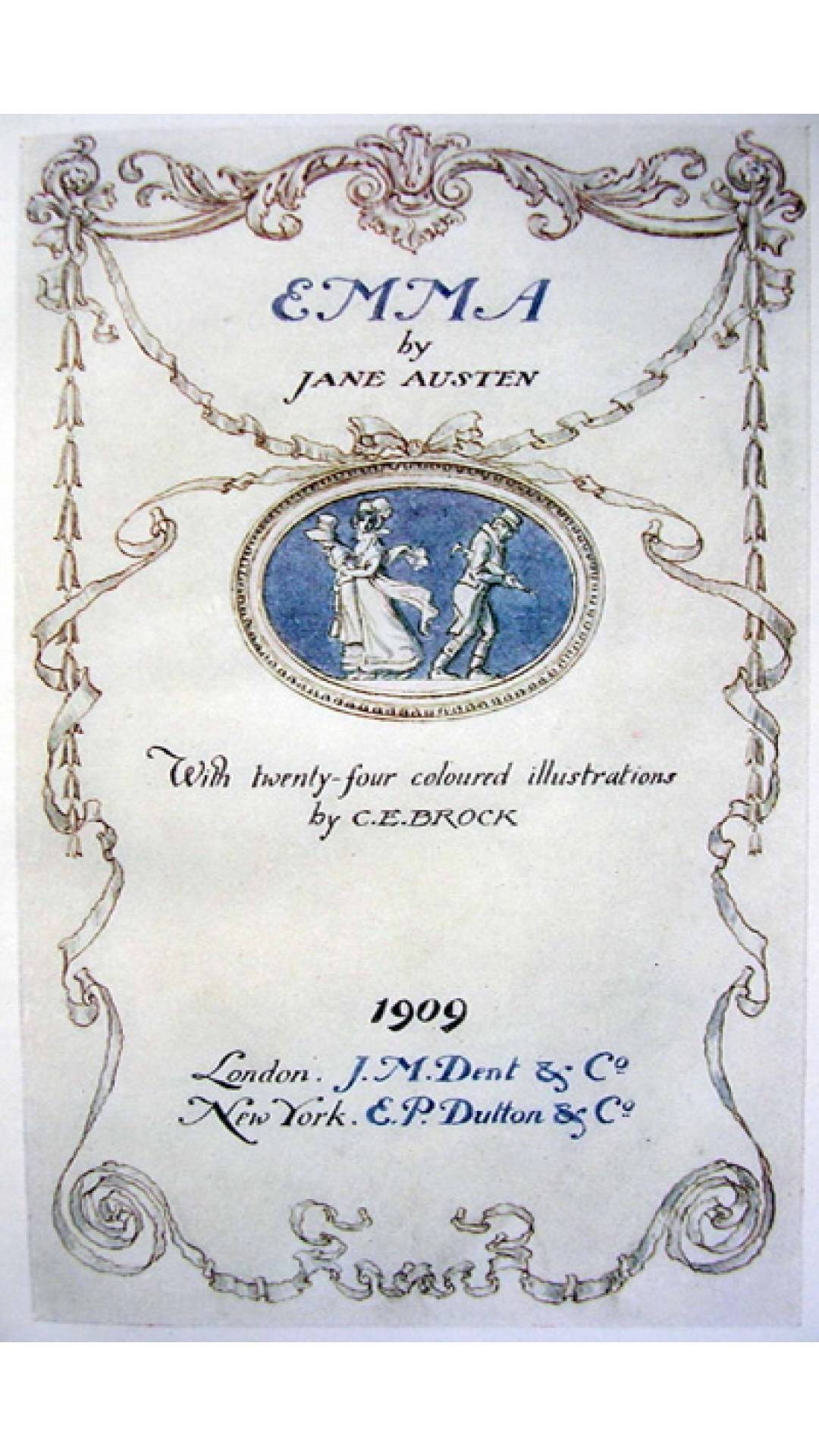Discovering Jane Austen’s Emma: A Timeless Classic of Wit and Wisdom
Emma, first published in 1815, remains a timeless exploration of human relationships, social expectations, and self-awareness. Set in the idyllic village of Highbury, this novel offers a humorous yet insightful portrait of the protagonist, Emma Woodhouse—a wealthy, intelligent, and self-assured young woman whose overconfidence in her matchmaking skills leads to a series of comedic and heartfelt moments.
The Plot of Emma
The story begins with Emma, convinced of her talent in orchestrating romantic unions, taking on the role of matchmaker for her friend Harriet Smith. However, Emma’s good intentions are often clouded by her misjudgments, resulting in misunderstandings and complications. From the enigmatic Frank Churchill to the reserved Jane Fairfax, the cast of characters weaves a rich tapestry of relationships that reflect the complexities of human nature.
Emma’s journey is not merely about romance; it’s a narrative of self-realization. Her character undergoes significant growth as she confronts her own flaws, learns to empathize with others, and discovers the importance of humility and genuine affection.
Themes and Literary Significance
Austen masterfully addresses themes of social class, marriage, and personal development, all while maintaining her signature wit and charm. The character-driven plot and Austen’s keen observations of Regency-era society make Emma a beloved classic that resonates across generations.
Why Emma Matters Today
Beyond its historical context, Emma offers timeless lessons about self-awareness and the pitfalls of overconfidence. Emma Woodhouse’s relatable flaws and ultimate redemption make her a character who continues to inspire and entertain readers.
For modern audiences, Emma serves as a delightful reminder of the importance of introspection and genuine connections, proving that Austen’s insights are as relevant now as they were two centuries ago.
